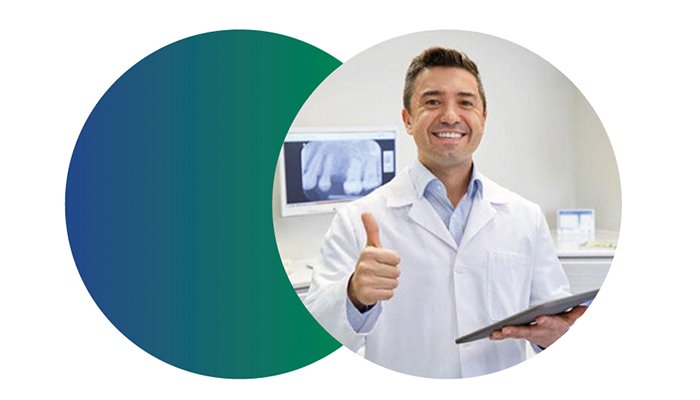This website uses cookies so that we can provide you with the best user experience possible. Cookie information is stored in your browser and performs functions such as recognising you when you return to our website and helping our team to understand which sections of the website you find most interesting and useful.
Optical aid methods useful to support an oral cancer diagnosis
Oral cancer represents a significant challenge in the field of public health and medicine. In western countries, it constitutes from 6% to 10% of all malignant tumors. It is more frequent in males than in females. 90% of mouth cancers are squamous cell carcinomas...
EARLY DIAGNOSIS OF ORAL CANCER WITH FLUORESCENCE: CLINICAL CASE
EARLY DIAGNOSIS OF ORAL CANCER WITH FLUORESCENCE: CLINICAL CASE
Prof. Silvio Abati
Associate Professor of Odontostomatological Diseases University Vita-Salute San Raffaele of Milan
Early detection of cancer oral squamouscell, the cancer that originates from the epithelium of the oral mucosa, reduces morbidity and increases the survival of patients. Histopathological analysis of suspected lesions is the gold standard...
PERIODONTITIS AS A RISK FOR ORAL CANCER: A CASE – CONTROL STUDY
ABSTRACT
Background:
The aetiology of oral cancer is multifactorial, as various risk factors (genetics, socioeconomic and lifestyle factors) contribute to its development.
Data in the literature suggest that people with periodontal disease have an increased risk of developing oral cancer, and the severity of periodontitis correlates with the appearance of oral squamous cell carcinoma.
The aim of this...
The stages of dysplasia and the use of fluorescence in preventive screening – Clinical Tips
Oral cancer is cancer that develops in the tissues of the mouth or throat. It belongs to a larger group of cancers called head and neck cancers. Most develop in the squamous cells found in your mouth, tongue, and lips.
Oral cancer is one of the most frequent cancers globally: in 2018, oral cancer occurred...
60 seconds to save a life? – Clinical Tip
60 seconds to save a life? - Clinical Tip
The role of dental professionals in early detection of head and neck cancer.
Download Pdf
Oral cancer screening – Clinical Tip
Oral cancer screening - Clinical Tip
Why is it so important to offer oral cancer screening in your practice? It is important to understand the following: Oral cancer is one of the few oral diseases encountered by the oral health team that has significant morbidity and premature mortality. Tobacco products, alcohol consumption and sun exposure...
Oral Cancer Awareness Point – Clinical Tip n.1-19
Oral Cancer Awareness Point
With this paper, we present the extracts from two articles published by Nichola Jayne Tong* on the role of dental office professionals in visualizing oral cancer and in the use of the fluorescence technique for this purpose. This brief reading reveals how decisive the dentist's action can be in changing the...
Fluorescence of Tissues in the Oral Cavity – Clinical Tip 1E-20
Fluorescence of Tissues in the Oral Cavity
Understanding the biological mechanisms underlying the fluorescence of tissues inside the mouth.
A. The layering of the mucous membrane of the oral cavity
The oral mucosa is essentially composed of a stratified squamous epithelium (surface side) overlying a connective tissue (called stroma or lamina propria) from which it is...
The benefits of early mouth cancer screening – 2018
The most recent UK statistics show that 11,449 new cases of head and neck cancer are diagnosed every year, with over 2,000 lives lost per year in the UK (www.mouthcancer.org; www.cancerresearch.org). This is more than lives lost in road traffic accidents, testicular cancer and cervical cancer combined (www.mouthcancer.org). Diagnoses of mouth cancer have risen...
The benefits of early mouth cancer screening
The most recent UK statistics show that 11,449 new cases of head and neck cancer are diagnosed every year, with over 2,000 lives lost per year in the UK (www.mouthcancer.org; www.cancerresearch.org). This is more than lives lost in road traffic accidents, testicular cancer and cervical cancer combined (www.mouthcancer.org). Diagnoses of mouth cancer have risen...










